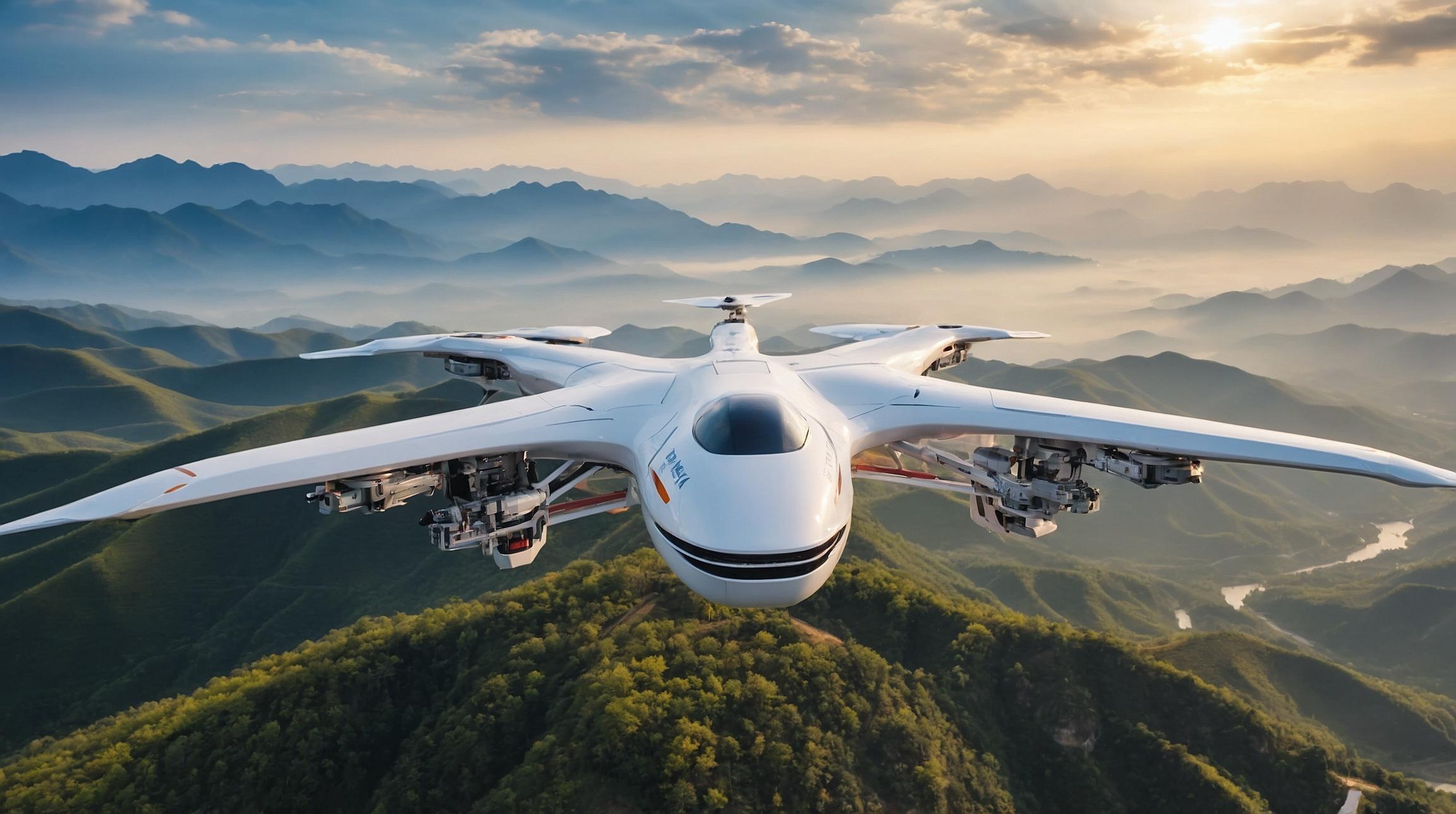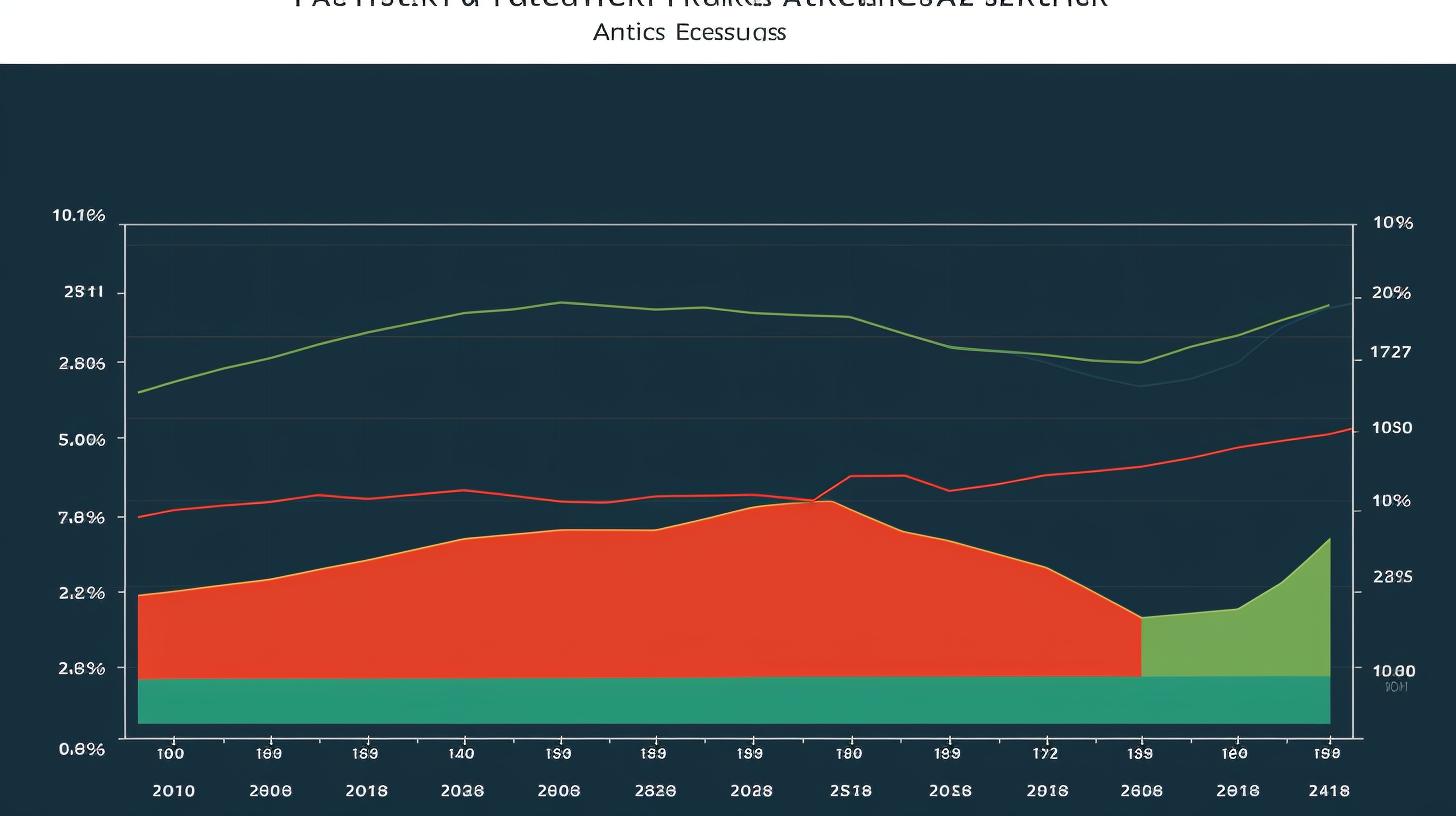China's Ambitious Cargo Drone Initiative
China recently conducted a successful test flight of its largest cargo drone, a significant stride in its burgeoning unmanned aerial vehicle (UAV) industry. This flight highlights China's commitment to advancing drone technology for civilian purposes, targeting applications ranging from delivery services to passenger transport.
Impressive Payload and Specifications
The new drone, developed by Tengden, boasts a substantial payload capacity of 2 metric tons. It features a wingspan of 16.1 meters and a height of 4.6 meters, dimensions that slightly surpass the popular four-seat Cessna 172. The recent test flight spanned approximately 20 minutes in Sichuan province, showcasing the drone's potential in handling substantial cargo loads.
Future Prospects and Industry Growth
China's government envisions a thriving low-altitude economy, projecting the UAV industry to reach a valuation of 2 trillion yuan by 2030. This represents a quadrupling from 2023 levels. The focus on larger payloads aligns with this vision, aiming to revolutionize how goods and potentially people are transported within the country.
Competing Innovations from AVIC
In a parallel development, the state-owned Aviation Industry Corp of China (AVIC) has been testing its own cargo drones. Their HH-100 model, with a payload capacity of 700 kg and a range of 520 km, had its maiden flight in June. Looking ahead, AVIC plans to launch the TP2000, a drone capable of carrying up to 2 tons and traveling significantly further than its predecessors.
Commercial Applications Already Underway
China is already leveraging drone technology for commercial deliveries. For instance, Phoenix Wings has initiated fruit delivery services using their Fengzhou-90 drones between Hainan and Guangdong. This reflects the broader trend of utilizing drones for more efficient and cost-effective logistics solutions.
Potential in Passenger Transport
The potential of drones extends beyond cargo. EHang Holdings received China's first production certificate for passenger-carrying drones, signaling a readiness to explore UAVs in urban mobility solutions.
Additionally, the inaugural flight of a manned commercial passenger helicopter from Kunshun to Shanghai Pudong Airport illustrates the commitment to low-altitude transport innovation. This service aims to drastically cut travel time and enhance connectivity across the Yangtze River delta.
The Growing Low-Altitude Economy
The Chinese government regards the low-altitude economy as a burgeoning sector, with possibilities spanning passenger and cargo transport. By fostering innovation in this area, China is poised to become a leader in UAV technology, unlocking new economic avenues and enhancing logistical efficiencies across the region.













